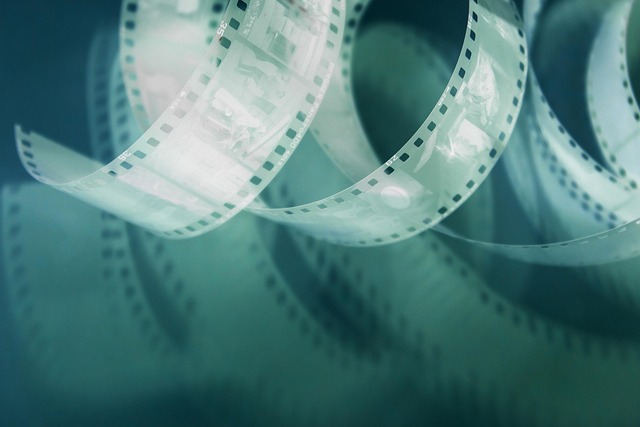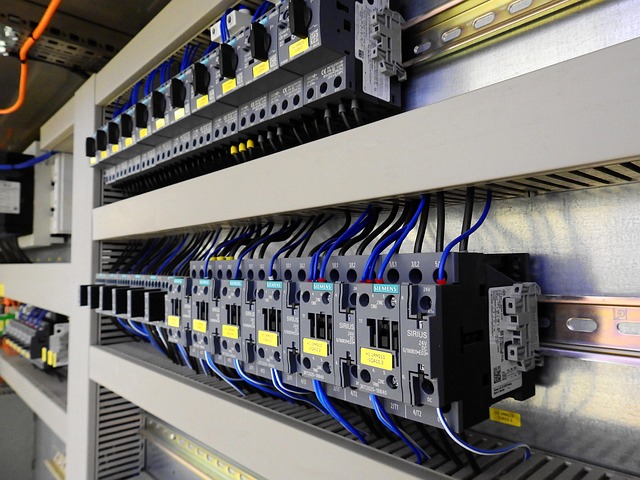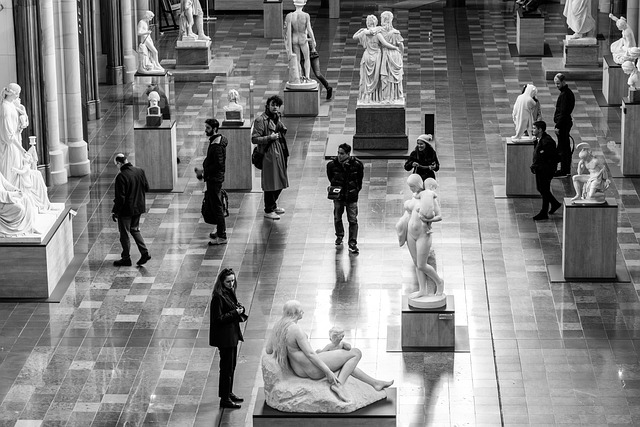The realm of film has always been a canvas for storytelling, where narratives unfold through characters and plots that resonate with audiences around the globe. However, as we delve deeper into the world of cinema, we find fascinating alternative forms that challenge our perceptions and engage our senses in unique ways. One such form is the non-figurative film, which transcends traditional storytelling and invites viewers into a more abstract experience.
Non-figurative film, often characterized by its lack of clear plots or recognizable figures, offers a meditative journey that speaks directly to our emotions and imagination. It’s a form that is gaining traction within the entertainment industry, especially in the realms of festivals and avant-garde concerts, where creativity knows no bounds. These films often evoke visceral responses, drawing connections to feelings rather than narratives, much like the immersive experience of being at a live concert where the music stirs the soul.
Imagine attending a film festival dedicated to non-figurative cinema, where the atmosphere buzzes with anticipation and curiosity. As the lights dim and the screen flickers to life, viewers are transported into a world of color, sound, and sensation. Each frame flows like a melody, weaving together a tapestry of emotions without the need for dialogue or character arcs. The experience is reminiscent of attending a groundbreaking music festival; the heavy bass reverberates through your chest as visual elements harmonize with soundscapes to create an utterly captivating experience.
In the music industry, experimental artists have begun to embrace non-figurative film elements, using video installations that accompany their performances. These enchanting visualizations amplify the auditory journey, pulling the audience deeper into the experience. The blurred lines between visual art and music expand the definition of what it means to be entertained, fostering a sense of community as people are drawn together in shared emotional peaks.
Moreover, leading filmmakers continuously seek to redefine the boundaries of cinema, collaborating with musicians and visual artists. This synergy has led to a rise in multidisciplinary events, where non-figurative films play alongside live music and theater, creating a space of innovation within the entertainment industry. Such events not only celebrate creativity but also challenge conventional viewing habits—reminding us that films are not just to be watched but felt.
As audiences continue to seek new ways to connect with art, non-figurative film stands out as a powerful medium that leaves room for personal interpretation. The enjoyment of this non-traditional cinematic experience reflects the evolving tastes of viewers who are drawn to more abstract forms of expression. It confronts the familiar narratives that often dominate mainstream cinema, allowing audiences to step beyond traditional storytelling and engage with themes and sensations that resonate on a universal level.
Whether at a late-night screening, an art gallery, or a major festival, non-figurative film promises to leave an indelible mark on its audience, sparking conversation and introspection long after the credits roll. This exploration into the abstract urges us to remember that cinema, much like music, is an ever-evolving art form—one that grows richer and more intricate as we embrace various interpretations and emotional connections. Through experimentation and collaboration, the entertainment industry is bound to continue its journey beyond the screen, shaping the future of film into something beautifully unpredictable.


